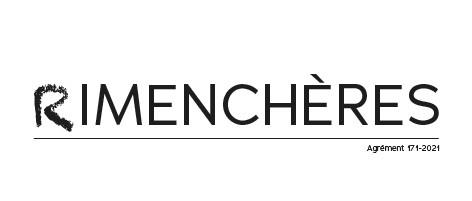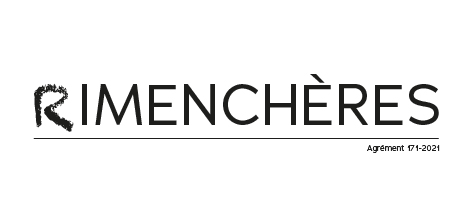Lot n° 29
Estimation :
4000 - 6000
EUR
Carreau de reve?tement en bleu et blanc
Iran, Kirman or Mashhad, Safavid art, 17th century
In siliceous paste, the painted decoration with black and cobalt blue line under transparent glaze.
18.5 x 18.3 cm
Sotheby's, Islamic Art, October 1992
Former Franco and Franca Bernasconi Collection, Lugano, inv. no. B9257
The decoration of this tile, painted with black line and underglaze cobalt wash, stands out on a bright white glaze; in this respect, it is fully in line with the research that potters in the Islamic world have been carrying out since the 14th century in order to imitate Chinese porcelains with blue and white decoration. This research found a certain accomplishment during the sixteenth and seventeenth centuries, particularly in Safavid Iran, where forms and motifs were copied abundantly and adapted to Iranian tastes and customs (on this subject, see for example Makariou, S., Le Dragon et le Phénix : des siècles d'échanges entre la Chine et le monde islamique, 2022).
Even if we have only a partial view of it, the composition is indeed part of the so-called hatayi aesthetic. Derived from the Persian word khatay (China), hatayi designates Chinese-inspired vegetal motifs, which have been used extensively since the Timurid reign (1370-1506). We find here all the components: peony flower, leaves treated in flames, lotus corolla and flowers punctuating the stems whose curves suggest a composition all in curls. The treatment of these motifs, very free and animated, perhaps betrays the influence of the Iranian painter and poet Shah Quli (d. 1556), the great master precursor of the saz style, developed in Ottoman Turkey in the middle of the 16th century. This influence can be seen in the layout of the flowers or in the use of wash - cobalt blue on our tile, brown-black on the pages of Shah Quli (an example of which is kept at the BNF, inv. Ms. Or. Arabe 6074, f. 18 vo).
However, this note of hatayi style, associated with the use of a cobalt blue, links our tile to the Iranian world rather than to the Ottoman world. Ottoman ceramics are indeed characterized by lighter blues or integrated into polychrome compositions (cobalt and turquoise, at least). A large number of shaped pieces from the Safavid period also bear witness to the use of a very concentrated, deep and luminous cobalt blue, worked with a wash, which may or may not be associated with a black line. A plate of this type is preserved in the Victoria and Albert Museum (inv. 2724-1876, published in Melikian Chirvani, Assadullah, Le Chant du monde. The Art of Safavid Iran, 2007, p. 413); and a large jar was sold at Christie's in London , Art of the Islamic and Indian Worlds, 26 April 2012, lot 180. While comparisons with blue-and-white ware are numerous, few elements of architectural decoration of this type have come down to us. They were either destroyed and replaced during restoration campaigns, or were destined for private spaces, or they are still mostly in private collections. Among these rare architectural elements, a paving tile was sold at Christie's (Indian and Islamic Works of Art, London, 30 April 2004, lot 126). An exceptional mantelpiece, exhibited at the Victoria and Albert Museum, dating from the 17th century and associated with the Kirman kilns, has many similarities with our object: a very white and very shiny glaze, sinister motifs colored in more or less diluted touches of cobalt blue with ultramarine shades (Inv. 266-1884 ).
My orders
Sale information
Sales conditions
Return to catalogue


